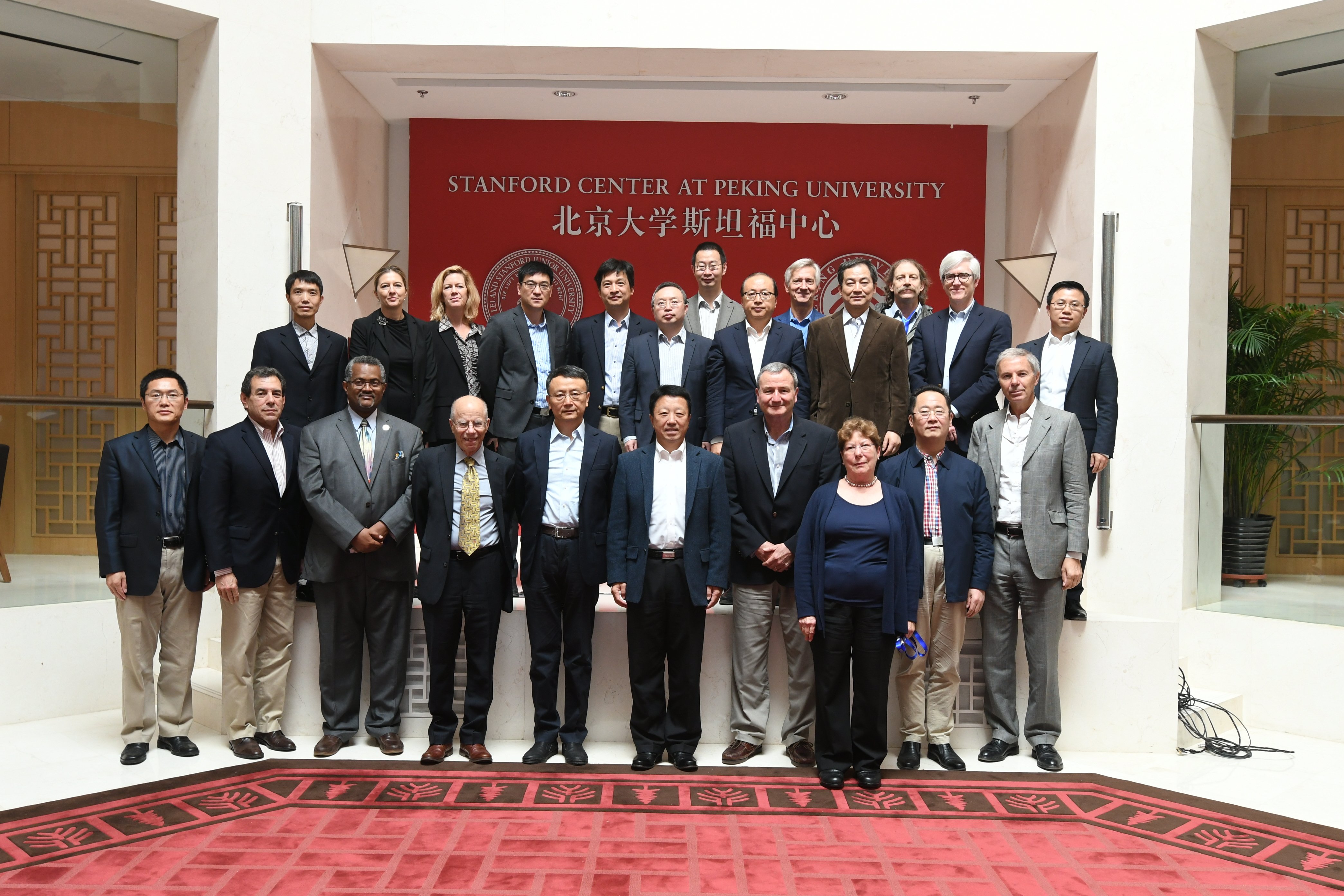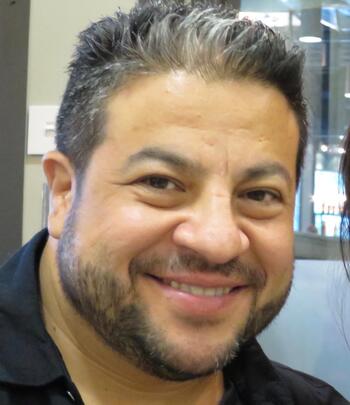The Middle East as a Transnationalized Warscape
How should we think about wars in the Middle East? Past scholarship has made great strides in unpacking the region’s nuanced conflict dynamics, but the literature lacks a broader framework to examine how diverse factors interact with the international system and with each other. In a recent CDDRL Research Seminar, Marc Lynch, Professor of Political Science at George Washington University and the Director of the Project on Middle East Political Science, applies a framework of “Warscape Theory” to better understand patterns of state failures, recurrent conflict, and authoritarian rule across the region.
Three observations motivate this project. First, Middle Eastern wars are intricately interconnected. Militias, religious divisions, and refugee crises harbor no regard for borders. Second, these conflicts are long and protracted; wars may simmer down, but they never go away. The potential recurrence of direct violence remains a constant fear and expectation. Third, Middle Eastern political science has remained fairly insular, largely sticking to within region comparisons. Lynch’s warscape intervention draws inspiration from a body of anthropological research on wars in Sub-Saharan Africa, which share many similarities with wars in the Middle East. They rarely have a clear starting or ending point, they are constantly shaped by external great power interventions, and they possess a self-perpetuating dynamic that makes conflict resolution incredibly difficult to achieve.
What qualifies a region as a “warscape?” First, warscapes have protracted conflicts with periods of remission and resurgence. Second, warscape conflicts are highly transnationalized and are not contained by borders in any meaningful sense. Third, violence tends to be highly variable, both temporally and spatially. Significant intra-state differences in violence render state-level observations unhelpful; one part of the country might live in full-fledged war while another remains oblivious to the violence. Fourth, the relative strengths of belligerents are less clear than they present. Combatants possess variable motivations for participating in armed conflict, choosing to pick up and drop arms situationally. Finally, almost as a marketing tactic, groups often distinguish themselves by engaging in extreme — and sometimes performative — brutality. Beheadings, immolations, and other acts of terror simultaneously scare enemies at home and attract support from Gulf sponsors.
Why care about this new lens for studying the Middle East? This warscape framework describes a complicated reality that existing terms like “civil war” struggle to capture. It analytically repositions the state from being the central actor to only one of multiple “competing political orders” while contextualizing micro-level ethnographic observations within a broader landscape of global arms flows and international power structures. Lynch hopes scholars may leverage this lens to investigate how conflict dynamics play out differently in warscape regions compared to non-warscape regions.
Lynch’s characterization of the Middle East as a “warscape” does not suggest that war in the Middle East is inevitable. Instead, putting an end to wars in the Middle East requires a systematic understanding of how actors and structures from the individual level to the transnational level interact with one another. Warscape theory, as Lynch proposes, may enable us to better capture the full range and complexity of these interconnected conflicts.
Read More
Marc Lynch, Professor of Political Science at George Washington University and the Director of the Project on Middle East Political Science, applies a framework of “Warscape Theory” to better understand patterns of state failures, recurrent conflict, and authoritarian rule across the region.










